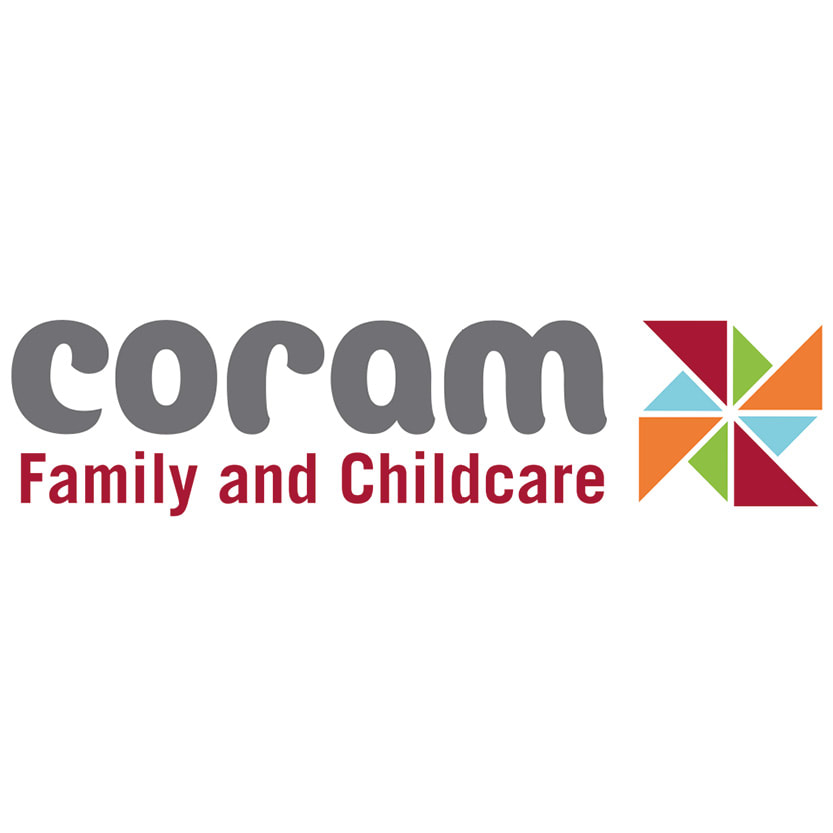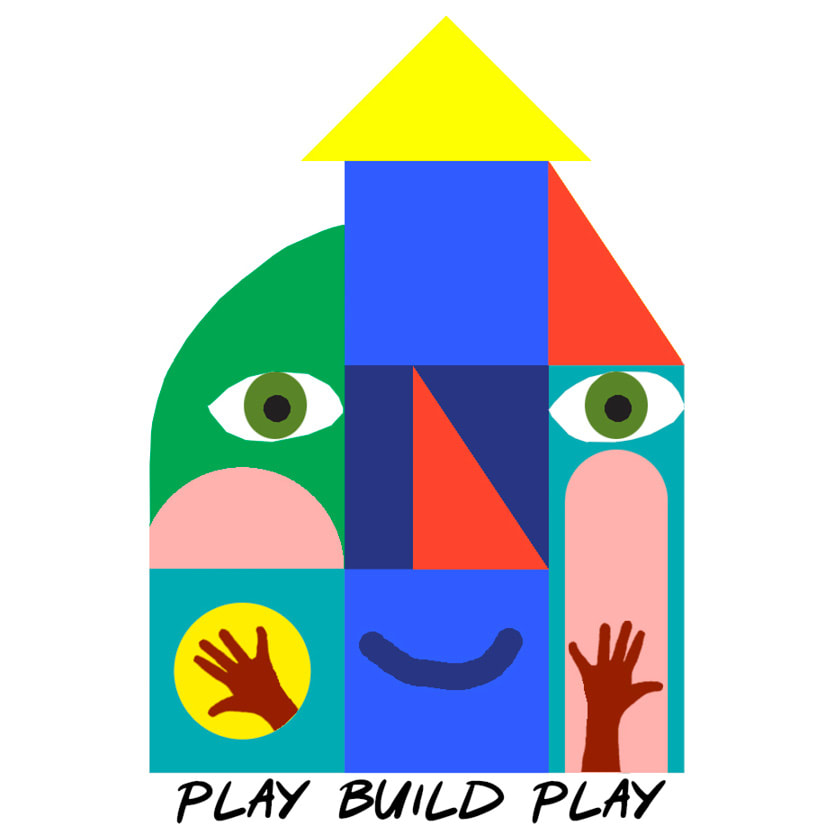Co-Design and Build Workshops
Design and build workshops are a great vehicle to facilitate, and foster a culture of collective decision making. This is the second stage of the process of transitioning from a stay and play/ community space to a working nursery.
Co-Design and build workshops are a space where the people involved in your project can work together while making themselves heard, listening to one another, learning together and begin to make real contributions. The physical things that are collectively produced mean everyone involved can see the real difference their input has.
Through collaborative workshops you can collectively decide on the values, hopes and ambition for your project and embed them into the physical environment you create. At Friendly Families Nursery we co-designed the outdoor areas, the climbing structure, the logo and branding and initial nursery infrastructure including a buggy park, the kitchen, the office and internal fixtures and fittings such as curtains, notice boards and storage. A co-design and build approach allows you to incorporate the construction of the designs as an equal part of the process. In the design sessions you can create models and prototypes, sharing information about materials and construction methods so that everyone can make informed decisions guided by shared knowledge. This means that when it is time to build everyone is excited and able to get stuck in. They are also a great way to ensure that everyone can participate.
Invite everyone to get involved. Community Build days offer a fantastic opportunity for people to get together and literally build the community around your project through building the physical space. It is also a great way to to get a lot done in a short space of time. Alongside all the benefits of stakeholder engagement, empowerment and ownership, this offers your project excellent value for money.
Combine both design and build. At Friendly Families Nursery we used offcuts from other parts of the project to work directly with parents to create trolleys for the kids. The small scale of trolleys meant that participants could have much more creative freedom. Aysan said “I wanted to make a shopping trolley but I was determined it would have a seat for a teddy at the front. We did it! Ez still plays with that trolley at nursery”.
Make your progress visible. We learnt that working with the people involved in the project rather than external contractors made the project's progress both visible and tangible. Some aspects of setting up a nursery take time and effort, such as choosing parent directors and becoming a registered charity, but this work is not necessarily visible to parents who are not directly involved in it. The physical changes are visible and mean people can clearly see progress from week to week. It is also a tangible way for parents to see the contribution they are making and know that they are a valued part of the project.
Be accessible. Design and build skills are different from those needed to do the organisation and administration tasks that are also needed to open the nursery. Taking a co-design and build approach offers more ways for a wider variety of people to access and participate in setting up the nursery.
Co-Design and build workshops are a space where the people involved in your project can work together while making themselves heard, listening to one another, learning together and begin to make real contributions. The physical things that are collectively produced mean everyone involved can see the real difference their input has.
Through collaborative workshops you can collectively decide on the values, hopes and ambition for your project and embed them into the physical environment you create. At Friendly Families Nursery we co-designed the outdoor areas, the climbing structure, the logo and branding and initial nursery infrastructure including a buggy park, the kitchen, the office and internal fixtures and fittings such as curtains, notice boards and storage. A co-design and build approach allows you to incorporate the construction of the designs as an equal part of the process. In the design sessions you can create models and prototypes, sharing information about materials and construction methods so that everyone can make informed decisions guided by shared knowledge. This means that when it is time to build everyone is excited and able to get stuck in. They are also a great way to ensure that everyone can participate.
Invite everyone to get involved. Community Build days offer a fantastic opportunity for people to get together and literally build the community around your project through building the physical space. It is also a great way to to get a lot done in a short space of time. Alongside all the benefits of stakeholder engagement, empowerment and ownership, this offers your project excellent value for money.
Combine both design and build. At Friendly Families Nursery we used offcuts from other parts of the project to work directly with parents to create trolleys for the kids. The small scale of trolleys meant that participants could have much more creative freedom. Aysan said “I wanted to make a shopping trolley but I was determined it would have a seat for a teddy at the front. We did it! Ez still plays with that trolley at nursery”.
Make your progress visible. We learnt that working with the people involved in the project rather than external contractors made the project's progress both visible and tangible. Some aspects of setting up a nursery take time and effort, such as choosing parent directors and becoming a registered charity, but this work is not necessarily visible to parents who are not directly involved in it. The physical changes are visible and mean people can clearly see progress from week to week. It is also a tangible way for parents to see the contribution they are making and know that they are a valued part of the project.
Be accessible. Design and build skills are different from those needed to do the organisation and administration tasks that are also needed to open the nursery. Taking a co-design and build approach offers more ways for a wider variety of people to access and participate in setting up the nursery.
Garden Design Workshop
One sunny Thursday in May we, parents, carers and Play Build Play, participated in a workshop to collaboratively design the garden at Friendly Families Nursery. The site in Deptford has large outdoor space but it was under developed and some existing equipment was no longer appropriate.
Example workshop plan here: |
Understanding the process: |
We encouraged people at the workshop to talk about their hopes and aspirations, adding in thoughts we had already gathered from the wider group in previous conversations. We grouped this information into themes and moved on to thinking about what practical and physical things we might need to create to make it all happen.
The final stage was working out how to arrange it all in the garden. After much moving around, discussion and testing of different configurations we came up with our final layout.
During the workshop we were able to identify key areas that everyone wanted to see in the garden. These included
The final stage was working out how to arrange it all in the garden. After much moving around, discussion and testing of different configurations we came up with our final layout.
During the workshop we were able to identify key areas that everyone wanted to see in the garden. These included
- Extending the indoors out - a covered structure to act as an outdoor classroom
- Messy Play – a mud kitchen
- Nature Area - removing the existing fence and extending the natural forest area out
- Multi-use open space – ensuring space is left clear to allow for different activities
- Physical Play - a climbing structure half climbing frame and half tree house
- Planting & Gardening – a sensory garden area with flower beds and plants care for by the children
- Buggy Park - a covered timber structure to hold up to 10 push chairs
Community Build Day
The garden design workshop created a plan for the space. The community build day was an opportunity to make the plan in real life.
During a number of community events Play Build Play supported activities including planting, installing the mud kitchen, building a climbing structure, painting and removing the existing fence to open up the nature area. These events were open to all the community including older children, partners and neighbours on the estate. Community Build days are a great way to get more people involved as well as an efficient way to get stuff done. Eating together has also played a vital part in all these events. It is a real pleasure to watch people use these community events to start to take ownership over the space and feel empowered to take actions which positively impact the space and other peoples relationship to it. From small things like helping to prepare food and painting existing furniture to bigger things like learning to use power tools and constructing large scale furniture.
During a number of community events Play Build Play supported activities including planting, installing the mud kitchen, building a climbing structure, painting and removing the existing fence to open up the nature area. These events were open to all the community including older children, partners and neighbours on the estate. Community Build days are a great way to get more people involved as well as an efficient way to get stuff done. Eating together has also played a vital part in all these events. It is a real pleasure to watch people use these community events to start to take ownership over the space and feel empowered to take actions which positively impact the space and other peoples relationship to it. From small things like helping to prepare food and painting existing furniture to bigger things like learning to use power tools and constructing large scale furniture.
The biggest thing that we achieved together was the construction and installation of the ‘Play Mountain’ climbing structure with tree house and ramp. The support and enthusiasm of everyone who came to help was integral to us getting it made and installed with the budget we had available.












